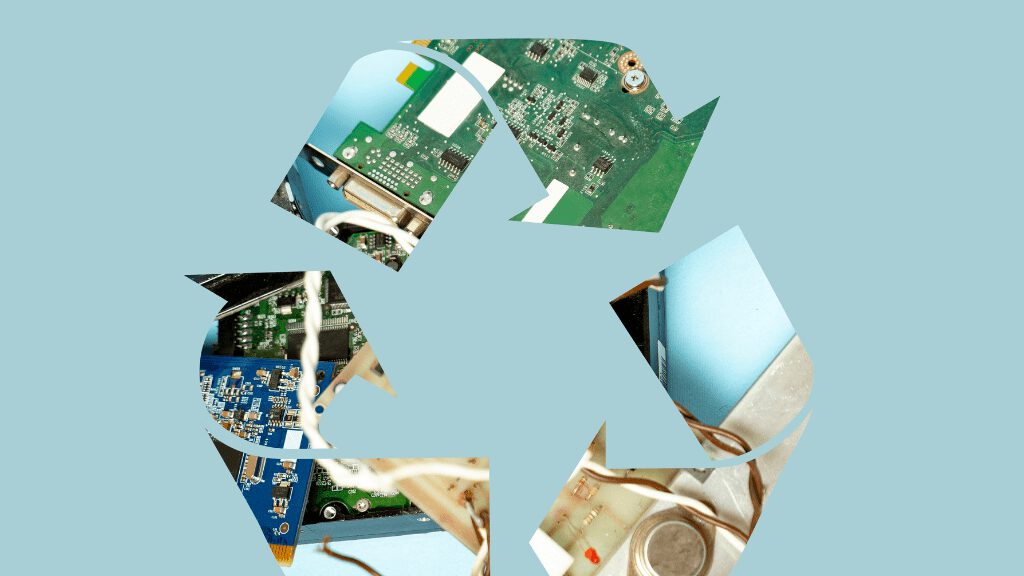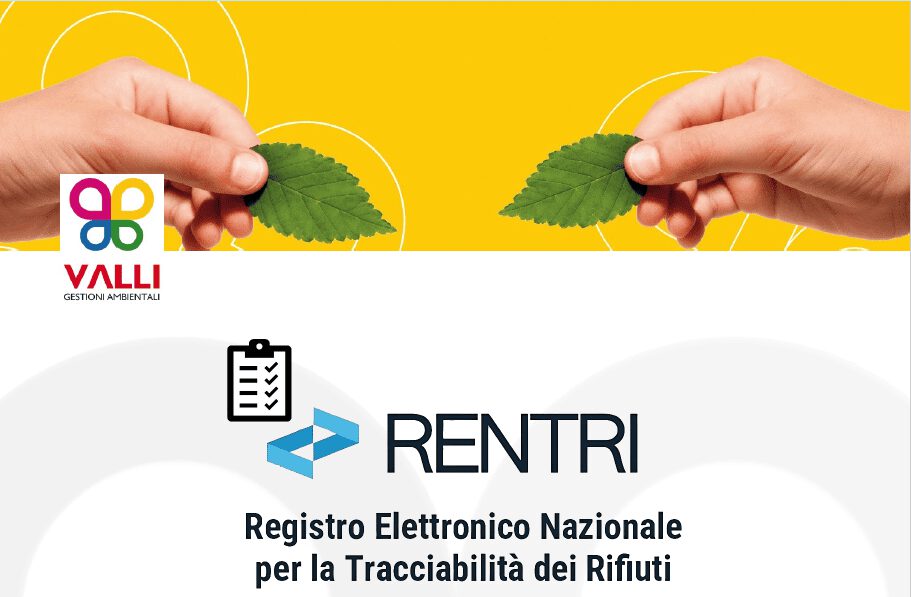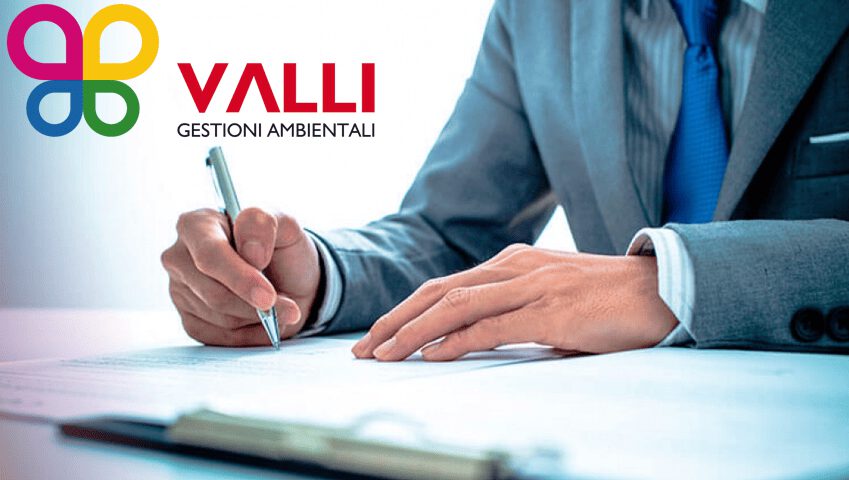The term WEEE (Waste from Electrical and Electronic Equipment) identifies all objects, whose operation depends on the connection to the electricity grid or on the power supply to batteries and batteries, which you want to get rid of, for example, because they are no longer functional or obsolete.
A technical definition of WEEE is provided by art. 4 letter e) of Legislative Decree 49/2014, which represents the key legislation on WEEE at national level.
This waste is typically distinguished by the presence of the WEEE symbol of the “crossed-out wheeled bin”, indicative of the fact that the product should not be disposed of as unsorted waste, but sent to separate collection facilities for recovery and recycling.
The WEEE mark must appear on all electrical and electronic equipment placed on the EU market 5.
WEEE is divided into two main categories, based on its origin in:
- WEEE from private households, including WEEE of industrial, commercial or other origin, similar in nature and quantity to that originating from private households; WEEE in turn belongs to five different groups:
- equipment for the exchange of temperature with fluids;
- others great whites;
- TVs and monitors;
- IT and consumer electronics, lighting equipment, PEDs and more;
- light sources.
- Professional WEEE, i.e. waste from electrical and electronic equipment other than that from private households, which is divided into five categories:
- category 1: temperature exchange equipment;
- Category 2: Screens and monitors;
- category 4: large equipment;
- category 5: small equipment;
- Category 6: Small computer and telecommunications equipment.
WEEE in Italy: management and environmental regulations for safe and sustainable disposal
WEEE originates from all those electrical and/or electronic devices/appliances which, once they have lost their usefulness because they are damaged, unused or obsolete, are classified as waste and destined for recovery and/or disposal separately according to special procedures, pursuant to the Consolidated Environmental Act (TUA).
Incorrect disposal of WEEE can have both environmental and social implications.
Substances harmful to the environment and human health that may be present in WEEE include, for example, chlorofluorocarbons (CFCs), hydrochlorofluorocarbons (HCFCs) and heavy metals, such as mercury, cadmium and lead.
If dispersed in the environment and not adequately treated or disposed of, these substances can contaminate the air, soil and subsoil, penetrating the aquifer, or generate acute or chronic effects on living organisms.
The collection and treatment of WEEE by specialised operators makes it possible to recover valuable raw materials from this waste, such as copper, iron, steel, aluminium, plastic, glass, silver, gold, other precious metals, etc.
The WEEE system in Italy is regulated by Legislative Decree no. 49/2014 and the Consolidated Environmental Act (Legislative Decree no. 152/2006) and is based on a regulated multi-consortium model that involves different actors, each with specific responsibilities.
The WEEE Coordination Centre (WEEE CoC) plays a fundamental role within the WEEE system, organising the collection, collection and management of WEEE in a homogeneous manner throughout the country.
Recovery and recycling of WEEE
WEEE includes a wide range of electrical and electronic devices, from small appliances to computers, from mobile phones to televisions, from refrigerators to air conditioners, etc. This waste is heterogeneous and can contain different materials, including plastic, metal, glass, and hazardous substances such as mercury, lead, cadmium, chromium, etc.; therefore, the WEEE recycling process must involve several steps:
- differentiation: WEEE is collected separately (e.g. at authorised collection centres) and sorted, for example, by type and/or size. This step proves to be of fundamental importance to ensure that materials can be processed efficiently and safely;
- treatment: WEEE is treated in authorised specialised plants, where it undergoes a series of operations to ensure proper recovery and/or disposal, including waste storage, reclamation to eliminate hazardous components, shredding to reduce size, separation of materials and recovery of recoverable materials;
- recovery/recycling: the recovered materials are kept separate and destined for subsequent plants, for example for the production of new objects.
Collection, disposal and recovery of WEEE at Valli Gestioni Ambientali
The collection, management and disposal/recovery of WEEE waste must be entrusted to professionals in the sector with specific knowledge and skills, such as Valli Gestioni Ambientali S.r.l.
To book a pick-up or to receive more information, send an email to info@valli-ambiente.it or contact us at +39 035 951198.




